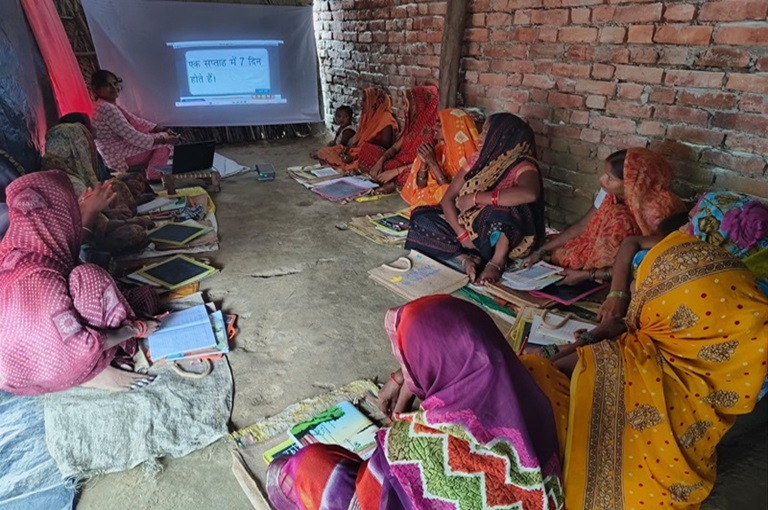SHIKSHA Initiative: A Decade of Educational Transformation


Sitapur: Shiksha Initiative has leveraged technology to bridge the learning gap in rural areas.
Shiksha Elementary
Literacy percentage is one of key indicators in determining the effectiveness of Government interventions and schemes implemented to strengthen the existing structure of elementary education in India.
SHIKSHA Initiative was launched in 2012 and over the last nine years, SHIKSHA Initiative have worked towards improving the learning and retention outcomes among rural primary school students by leveraging Information Communication Technologies (ICT) and also bringing basic literacy programs to adults. And the efforts have shown visible results in 185000+ students in over 1700 schools and train close to 4500 teachers in using ICT to make the pedagogy more effective and engaging.
Shiksha Plus Initiative

According to the third Global Monitoring Report on Adult Learning and Education, 2016 approximately 758 million adults, including 114 million young people aged between 15 and 24, still cannot read or write a simple sentence. Roughly two, out of three adults with insufficient literacy skills are women (UNESCO Institute for Statistics, 2016). In addition, of the 17 Sustainable Development Goals, Sustainable Development Goal 4 calls on countries to ‘ensure inclusive and equitable quality education and promote lifelong learning opportunities for all.’
SHIKSHA Initiative has devised a unique approach to drive adult literacy initiatives under a speared program – SHIKSHA Plus. This uses an ICT-based methodology to teach the fundamentals of reading, writing and arithmetic skills to illiterate adults who have not attended a formal school. The target group for the program is anyone who may have missed the opportunity of formal education. Thus, individuals above 15 years of age are imparted education in this program.






